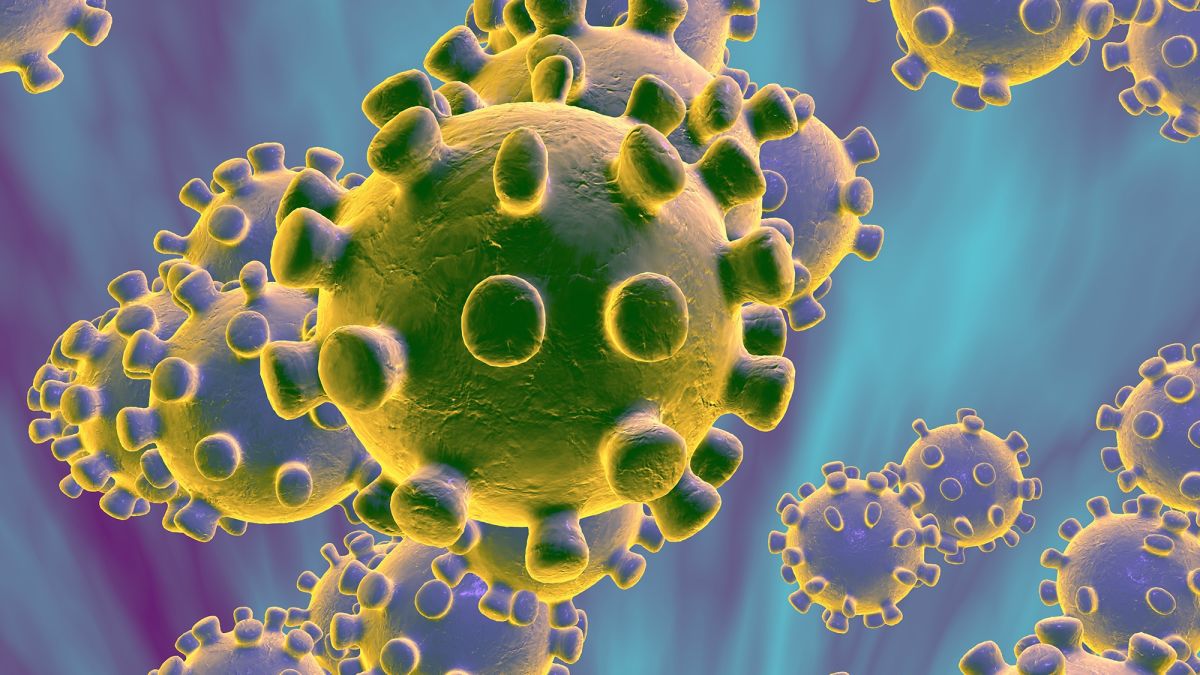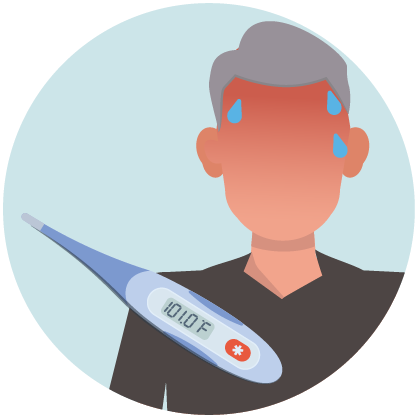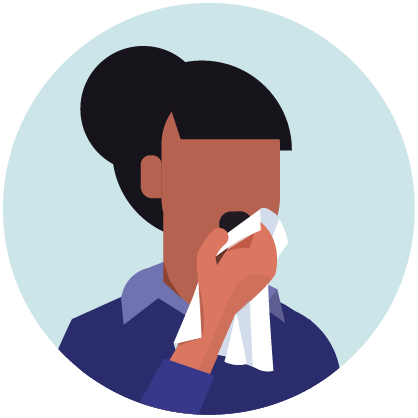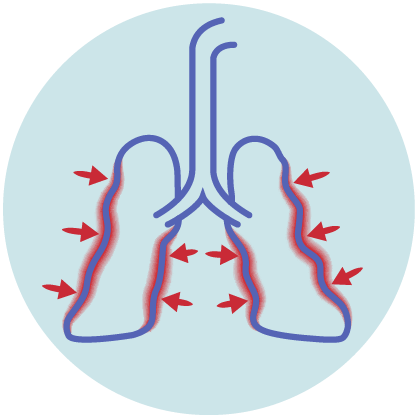World Health Crisis: COVID-19
The disease has been named “coronavirus disease 2019” (abbreviated “COVID-19”). The Center for Disease Control (CDC) has labeled this virus as a pandemic class. It is spread through droplets from an infectious person coughing or sneezing or through saliva or discharge through the nose.
Coronavirus Symptoms


Fever
A fever is a temporary increase in your body temperature, often due to an illness. Having a fever is a sign that something out of the ordinary is going on in your body. A fever is the most common symptom of coronavirus.

Cough
A cough, also known as tussis, is a voluntary or involuntary act that clears the throat and breathing passage of foreign particles, microbes, irritants, fluids, and mucus; it is a rapid expulsion of air from the lungs.

Shortness of Breath
Shortness of breath — known medically as dyspnea — is often described as an intense tightening in the chest, air hunger, difficulty breathing, breathlessness or a feeling of suffocation.
*Having these symptoms does not garauntee that you have been infected with the virus. Additionally, you may be infected with the virus and show no symptoms.